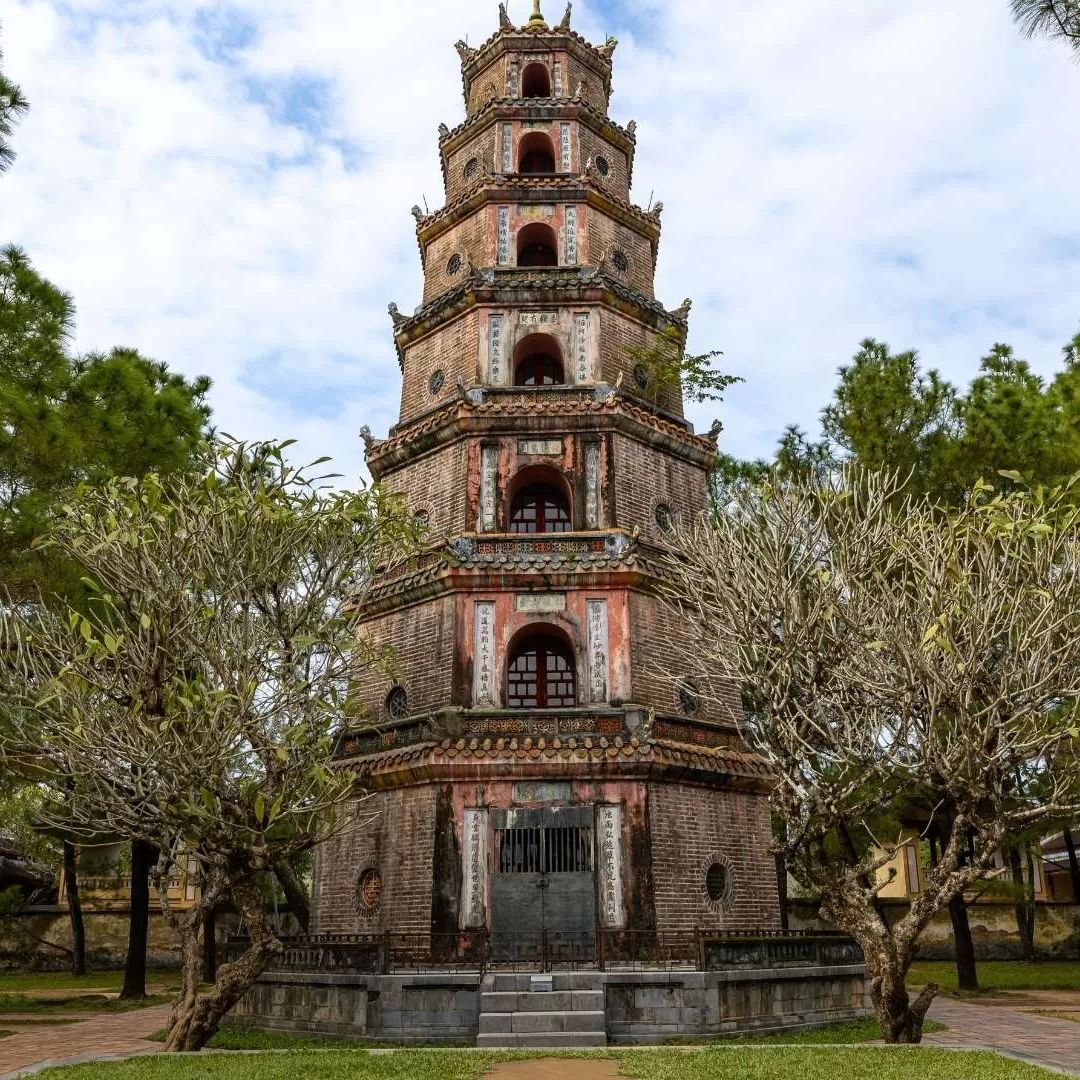Hue
It was the capital of Vietnam from 1802 to 1945. It is known for its architectural heritage, declared a World Heritage Site by UNESCO in 1993. Former imperial capital where the extent and style of its imperial city were similar to the Forbidden City of Beijing. It was the seat of the emperors of the Nguyen dynasty, who built their feudal capital along the fertile riverbanks and on its forested hills. Today it is a city full of life with its leafy streets lined with moss-covered pagodas, art deco mansions, dazzling markets and is crossed by the Song Huong River (Perfume River). It has a refined cuisine.
Its main tourist attractions are:
- Imperial Citadel: Within this walled enclosure are several buildings of great architectural and tourist importance.
- Imperial Tombs: The Tomb of Emperor Gia Long is the oldest, most disturbing and least visited; The Tomb of Emperor Minh Mạng is a representation of military might, successful conquest, and cultural conservatism; The Tomb of Emperor Thieu Trị is similar to that of his father; The beautifully designed Tomb of Emperor Tu Duc blends harmoniously with nature; The Tomb of Emperor Duc Duc is the least grandiose of all the royal tombs; The well-preserved Tomb of Emperor Dong Khanh occupies a peaceful hillside with glorious countryside views; and the Tomb of Emperor Khai Dinh, has a surprising combination of Eastern and Western styles.
Programs at Hue

Exotic Vietnam

Super Vietnam

Landscapes and ethnicities of Vietnam

Super Vietnam and Cambodia

Classical Indochina
What to see in Hue?
Hue Imperial Citadel
Hue Imperial Tombs
